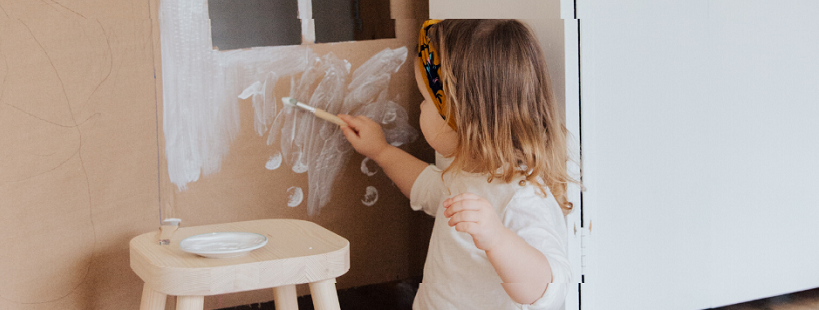Educators are creative, so coming up with activities is not the issue. The issue is: Can educators justify the chosen activity pedagogically? What do the children learn from this?

Start from the National Curriculum Framework
The starting point in most countries is the National Education Policy and National Curriculum Framework which defines the desired teaching and learning approach and important terms that are the basis of quality educational activities:
CURRICULUM = The main guide for educators. The curriculum defines the essential contents for teaching so that every child has opportunities for diverse learning experiences. Educators should use all the areas in their teaching equally. Curriculum = learning areas + learning objectives.
LEARNING AREAS = Guide educators when planning and implementing activities together with the children. Wide entities. Choose the learning area you want to focus on during the specific activity or project.
LEARNING OBJECTIVES = The starting point for creating activities. Choose the learning objectives you want to go for in this specific activity or project. 1-3 learning objectives per activity is enough.
CHILD-CENTERED ACTIVITIES = Children are the starting point and the ultimate reason for creating activities. The activities should be based on children's interests, capabilities, needs, and/or developmental stages.
Why do the activities need a pedagogical base?
Advance lesson planning is the main step in securing quality learning. Every educator can come up with nice activities for children – for example, “Let’s take finger paints and paint! That is fun!”.
Educators are creative, so coming up with activities is not the issue. The issue is: Can educators justify the chosen activity pedagogically? Why is that activity useful for the children? What do the children learn from this?
Doing nice activities one after the other is fun and makes the days go by. Children probably enjoy and families get to see nice crafts – but these types of activities do not have a pedagogical base behind them. These nice little activities come and go, but they serve no real purpose if the educator does not think of the reason why she or he is organizing that activity.
This is why Kindiedays has created a complete set of engaging lesson plans for you to save planning time and resources. And at the same time support children's learning in a way you can be proud of.

.png)


